The current government seized the opportunity that NATO’s binding defense budget spending provided. If organized wisely, this will be an exceptional industrial and economic development program for the country, said Gáspár Maróth.
According to Maróth, the military force and defense development program along with the associated military investments offer large government orders which are the flagships for manufacturers settling here. This process also determines the research and development program based on it. “With this, we basically follow the coherent thinking that exists in the business world rather than planning backwards as is the case in many EU countries” said the government commissioner.
Starting from scratch
Gáspár Maróth reminded that in 2015-2016, the Hungarian military was essentially nonexistent. “Our disadvantage suddenly became our historical advantage, because in the last few years we have been able to cut into an industrial development that is technologically decades ahead of the military standards in our surrounding countries. While our neighbors are struggling to keep their obsolete military industry alive, we can raise the Hungarian military industry to a completely different level through our investments” elaborated Maróth.
He continued to say that in 2016, the Hungarian government went in two directions of military industry development: on the one hand, they cultivated their German relations stemming from historical tradition, and on the other hand, they tried to harmonize the efforts of the Visegrad countries. However, the V4 countries followed a variety of strategies. In the case of the Czechs and Slovaks, and partly the Poles, their main goal was to maintain the old military companies. “At the same time, concerning Germany, large military companies have been able to innovate continuously over the past 100-150 years. German cannon barrels for instance, played a major role in many conflicts throughout history. Rheinmetall still produces the most efficient cannons in its state-of-the-art factories. In this process of revitalization, they’ve now begun to look for new sites while Germany is undergoing a major socio-political transformation. Additionally, in regard to newer and newer technologies, there is a shortage of skilled labor” said Maróth, listing the reasons why the patinated German company has become the main partner of Hungarian defense investments. According to the government commissioner, the Germans know that quality Hungarian vocational and engineering education is coupled with an extremely stimulating economic environment.
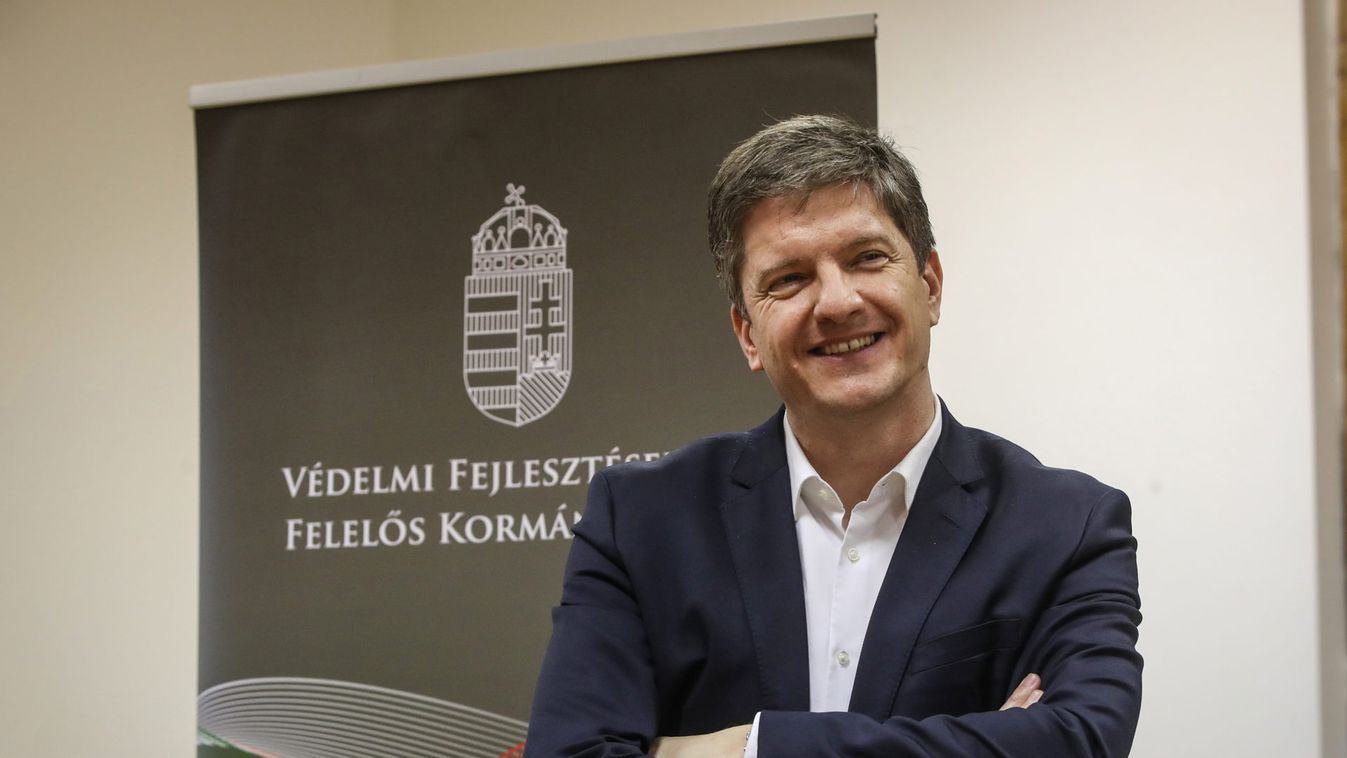

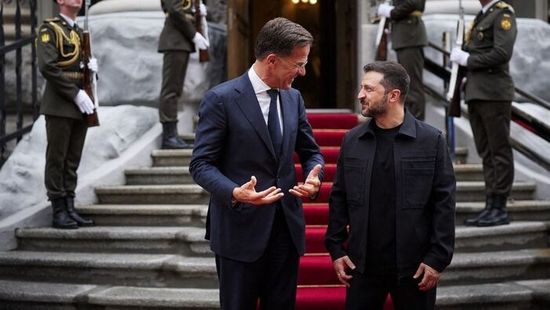
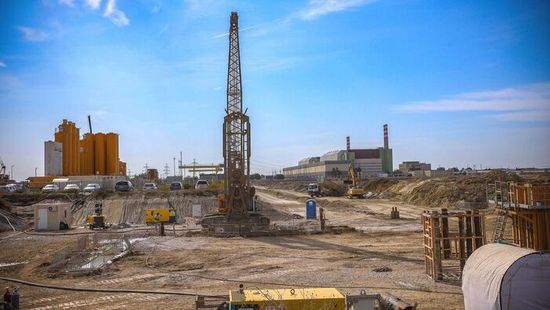










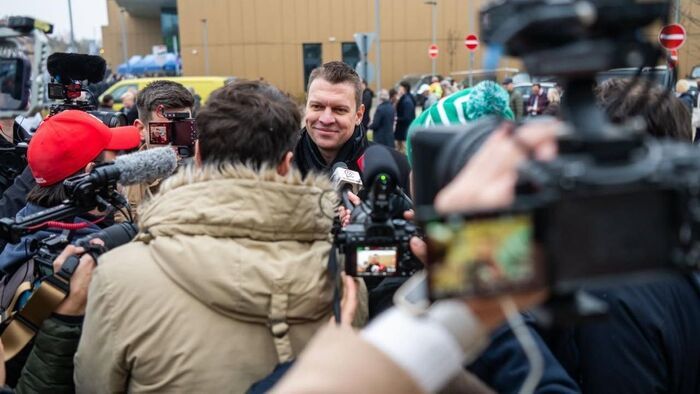

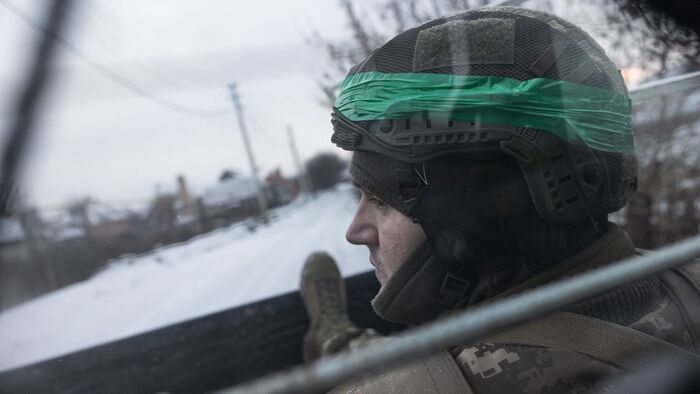
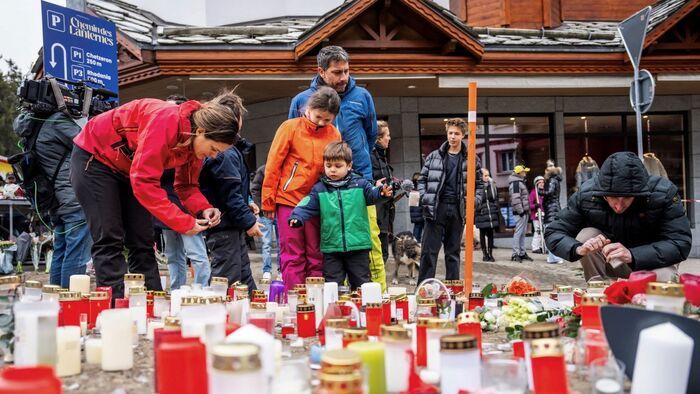





Szóljon hozzá!
Jelenleg csak a hozzászólások egy kis részét látja. Hozzászóláshoz és a további kommentek megtekintéséhez lépjen be, vagy regisztráljon!